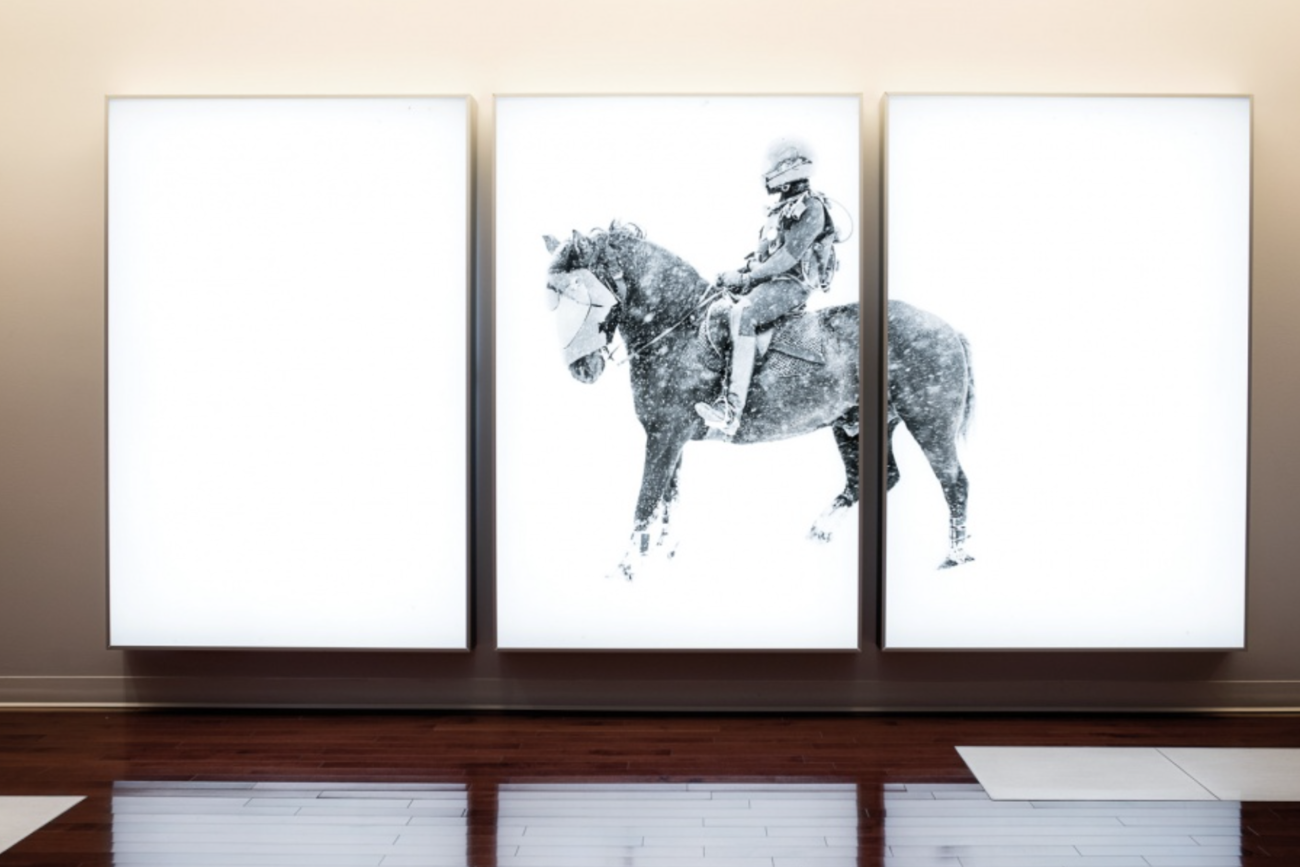KRUG Champagnes have been available and very popular with Quebecers for years. We caught up with Olivier Krug, director of the House of Krug and representative of the sixth generation of the family, while he was in Montréal to find out more about the visionary brand.
Tell us the story of your house.
It’s the story of my great-grandfather Joseph Krug’s dream. He wanted to create a prestige Champagne regardless of the year, to move beyond the notion of a vintage. A Champagne that would be the fullest expression of Champagne every year. That was in 1832. At that time, it was a revolutionary idea. He made his dream a reality and we have continued to create this Champagne every year, for six generations.
You like to associate your Champagnes with pieces of music and even work with musicians. Why is music the perfect complement to your products?
Champagne speaks to your senses. You don’t need to be an expert to appreciate or explore it. Many studies have shown how music influences the taste experience. That is why our house works with musicians who come to taste our Champagnes and pair them with specific music. It really heightens the tasting experience.
Tell us about your Champagnes.
My ancestor Joseph Krug said that a good House should not create a hierarchy among its Champagnes. That is still true today. All our Champagnes are equally high quality. House of Krug is unique in that it produces only special cuvées. We have:
- Two Champagnes that Joseph KRUG called No. 1 and No. 2. The first is now called KRUG Grande Cuvée (the only one we recreate each year) whereas the second is the expression of a particular year, for example KRUG 2004.
- KRUG Rosé, created by my father, a nonconformist rosé, delicate and elegant, that pairs very well with many dishes.
- KRUG Clos Du Mesnil and KRUG Clos d’Ambonnay, two specialized Champagnes, fruit of a single vineyard and just one grape variety (one Chardonnay, the other Pinot noir).
Most are sold at the SAQ and available in certain gourmet restaurants in Quebec.
Where are your Champagnes popular outside France and Quebec?
They are appreciated throughout Europe, of course, and also in the United States and in Japan, which has become one of our leading markets.
You are very active on social media. How has the brand evolved in recent years?
Our brand has made the shift toward digital and social media. It is very modern, vibrant, connected to the world. Since 2012, we’ve been offering something that no one else does—each bottle has a “KRUG ID.” Customers can search the number online to discover the entire history of the bottle: the date it received its cork, its blend, how our cellar master Éric Lebel created it. They will find serving tips, music pairing suggestions, and more. As for me, I have a very strong relationship with our social media audience. I like to tell stories, share important moments. Social media is a powerful tool for spreading the message of House of Krug all over the world.





